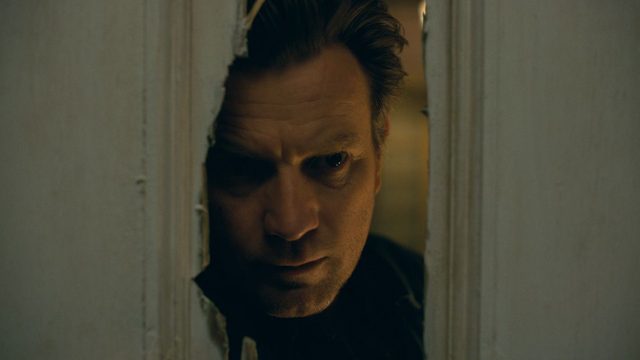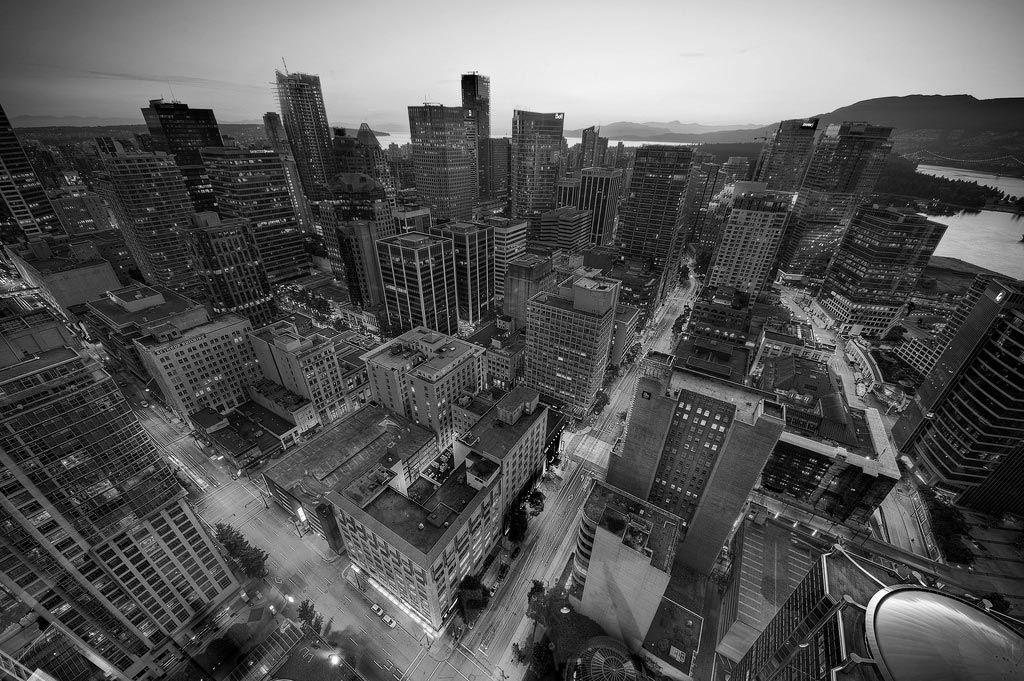Doctor Sleep opens with the indelible synth tones of the Wendy Carlos theme from The Shining, a preamble accompanied by a familiar carpet design before the movie proper starts. The monaural sounds of the Carlos notes morph into the film’s modern surround mix. It’s a fitting start to the movie, the first two hours of which are given to a close adaption of Stephen King’s Shining sequel novel. The movie follows King’s cue in the Doctor Sleep book by taking elements from the original tale and building from there – returning to the well for just enough to prime the pump and get something new flowing.
But you can’t keep the ghosts out forever. The movie teases imagery from the earlier film throughout. There’s the opening scenes recreating some of the Room 237 sequence from the film. Young Danny has been recast for these scenes, as has Wendy (Alexandra Essoe’s uncanny Shelly Duvall is the most spooky element in a movie with child-eating monsters) and a ghostly Dick Halloran. The film even eerily recreates without comment the office from the opening of The Shining, complete with desktop American flag, for Danny’s employer. It looks like the film is going to content itself with nods to Kubrick’s Shining until the last 20% when Doctor Sleep and director Mike Flanagan swerve to take his movie head-on.
—-1 paragraph spoilers for Doctor Sleep——–
The long hallways, the bloody twins, and a host of other Overlook locations and ghouls make appearances at this point, though Flanagan and DP Michael Fimognari by eschewing the grain of 1980’s film stocks conjure something closer to a Shining-themed Halloween party rather than a haunting from the past (plus there’s no man in a bear suit, wtf). Most surprisingly, there’s a scene that meticulously recreates – in set design and camera angles – the bar scene with “Lloyd” from the original movie. Only this time “Lloyd” is… Jack Torrence. He’s played by previous Flanagan collaborator Henry Thomas who acquits himself well by looking like 1980s Jack Nicholson but crucially never doing a Nicholson impression, even though the original Torrence performance could be described as Nicholson doing a Nicholson impression. The meeting between Jack and Ewan McGregor’s Danny is a meeting between a character created by King and an image created by Kubrick.
——-end spoilers——–
Kubrick’s The Shining has always been a bugaboo for King and his version of the story, and Doctor Sleep pulls the nifty if superfluous trick of finding a middle ground for the two to meet. But it’s clear Flanagan has an affinity for the Kubrick version and also recognized the need for his movie to acknowledge it. This puts him in company with the rare studio multiple hyphenate, writer-director-producer-cinematographer Peter Hyams.
In 1984 Hyams directed 2010: The Year We Make Contact, a sequel 16 years after the release of 2001: A Space Odyssey. 2001 is arguably the only Kubrick film more iconic than The Shining and one of the most iconic of all time. Its financial success (2001 was the second-highest domestic grosser of 1968) made a sequel appealing from a studio’s standpoint, though the task was daunting from an artistic standpoint.
Like Doctor Sleep, 2010 was based on a sequel to the original movie’s source material, in this case a title with the cadence of a ping-pong score, 2010: Odyssey Two. Also like Doctor Sleep the movie presents as a sequel to both the book and the movie. The movie opens with Dave Bowman’s final transmission as received by Earth before his apparent disappearance around Jupiter.* His line “My God, it’s full of stars!” appears in the book but not in the movie. Characters and stories tend to line up with the movie but contain the baggage of the excised details from the book.
The movie – made with the indifference if not quite the outright blessing of Kubrick – uses a straightforward plot, surprisingly conventional compared to the cerebral organization of the original. Nearly all explicit Cold War references in Clarke’s novel were dropped in Kubrick’s 2001, and what remains – the icy moments between the Russian and American characters – are frankly difficult to separate from the generally chilly demeanor of the movie’s humans. 2010 restores the Cold War elements of the story to the front and center. Much of the tension derives from the way escalating conflicts back on Earth affect the Astro- and Cosmonauts in space.
The movie can’t – nor does it want to – fully distance itself from the earlier film. The set design and effects are, of course, consistent with 2001. It seems we’re getting a fresh start with the casting of Roy Scheider as Heywood Floyd, a character in both stories, but then Keir Dullea reprises his role as Dave Bowman (as does Douglas Rain as the voice of HAL). The film is bound to the earlier film’s look in a way that Doctor Sleep is not (at least until its last act), and 2010 attempts to recapture some of that 2001 feeling with an ending that leaves questions open. Unfortunately, this only has the effect of putting a damper on what to that point had been an effective thriller.
“Trying to break free from the inexorable gravity of The Shining is an interesting subtext in Doctor Sleep, which is at once fixated on Kubrick’s classic movie and also a little leery of it,” observes Matt Singer in his review of that film, which also describes the pull of 2001 on 2010. Both films benefitted from leaning into a fixation that captured audiences as well as filmmakers, though both could have been a little more leery as well. But the films are more respectable in their choice to grapple with their progenitors, even if it’s a fight both are doomed to lose.
* The use of Jupiter is itself a point of mixed source materials for the 2001 sequels. In the original novel the mission went to Saturn, which was changed to Jupiter for the film after special effects difficulties nixed the ringed planet. Clarke changed the planet finally to Jupiter in the his sequels, realigning the books closer to the movie’s version of events.
– It’s worth reiterating beloved commenter Belated Comebacker’s point that there’s an interesting echo between Danny’s confrontation with his past and Doctor Sleep’s confrontation with The Shining.
– This is all actually just a long way to introduce my anticipation for Todd Phillips’s Fuller Metal Jacket, December 2026.


